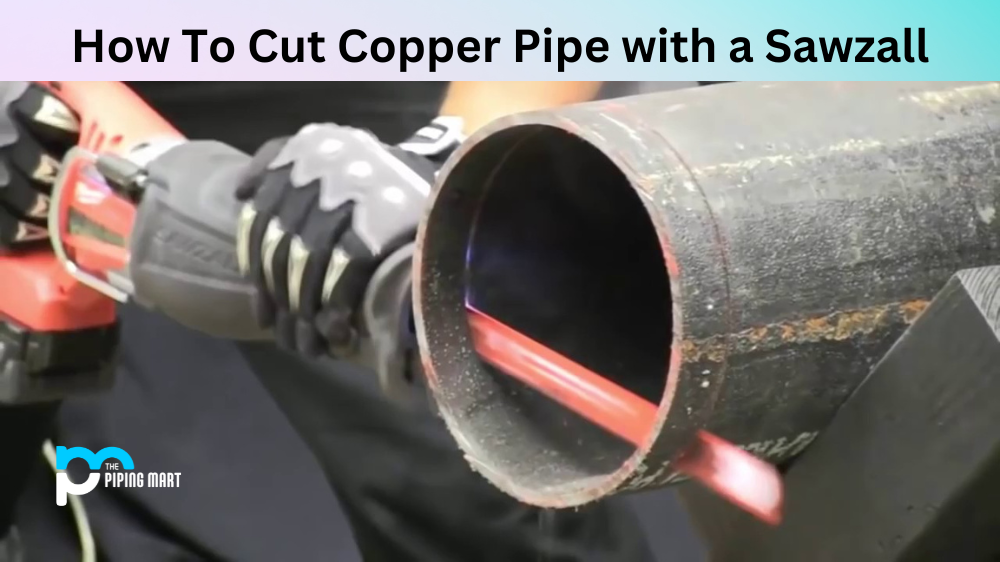When choosing steel for your projects, the options can be overwhelming. A2 Tool Steel and S7 are popular options, but how do you decide which is right for your project? In this blog post, we’ll look closely at A2 Tool Steel and S7 to help you make an informed decision. We’ll explore their properties, uses, advantages, and disadvantages to help you determine which steel is the best choice for your application.
What is A2 Tool Steel?
A2 Tool Steel is a high-carbon, air-hardening alloy with excellent wear and abrasion resistance. It can be heat-treated to increase strength while maintaining good hardness and toughness properties. It is often used in applications requiring tooling with high wear resistance, such as dies, punches, and forming tools. Its machinability is also superior to other tool steel grades, making it ideal for precision cutting applications.
What is S7 Steel?
S7 steel is an air-hardening alloy tool steel that provides excellent shock and impact resistance. It exhibits excellent wear and abrasion resistance, strength, toughness, and hardness after heat treatment, making it a popular choice in industrial applications. Additionally, it offers great machinability and ductility when compared to other steels.
Difference Between A2 Tool Steel and S7
Properties
A2 Tool Steel and S7 are tool steels commonly used in manufacturing. A2 Tool Steel is an air-hardening steel that contains chromium, molybdenum, and vanadium. It has good wear resistance and toughness and is easy to machine. S7, on the other hand, is an oil-hardening steel that contains chromium, molybdenum, and silicon. It has excellent shock resistance and toughness and is easy to heat-treat.
Uses
A2 Tool Steel is well-suited for applications that require high wear resistance and good dimensional stability. It is commonly used in cutting tools, dies, punches, and gauges. S7 is ideal for applications that require high-impact resistance, such as punches, chisels, and hammers. It is also used in forging, plastic injection moulds, and extrusion dies.
Advantages
One of the advantages of A2 Tool Steel is its ability to retain its shape and size even under high-stress levels. It is also easy to machine and can be hardened at a low temperature, which minimizes the risk of warping. S7, on the other hand, has excellent toughness and impact resistance, making it ideal for heavy-duty applications. It is also easy to heat-treat and can be used to produce larger tools and dies.
Disadvantages
One potential downside of A2 Tool Steel is that it can be brittle if not heat-treated properly. It also has a tendency to rust if not properly maintained. S7, on the other hand, is more difficult to machine than A2 Tool Steel and can be prone to distortion during heat treatment.
Conclusion
Choosing between A2 Tool Steel and S7 ultimately comes down to the specific requirements of your project. If you need a steel that offers high wear resistance, good dimensional stability and is easy to machine, A2 Tool Steel is an excellent choice. However, if you need steel that offers excellent toughness and impact resistance and is ideal for heavy-duty applications, S7 is the better option. By understanding the properties, uses, advantages, and disadvantages of A2 Tool Steel and S7, you can make an informed decision and ensure your project succeeds.

Hey, I’m Krutik, a casual blogger expert in the metal industry. I am passionate about providing valuable information to my readers. With a background in engineering and construction, I like playing Cricket & watching Netflix shows in my free time. Thank you for visiting my blog, and I hope you find my information helpful!




